Australia’s concrete buildings are often overlooked, with many post-war examples decried as ugly while governments remain hesitant to credit their cultural and heritage significance.
And while Sydney’s Sirius may not have made the top 10, Australia’s impressive history of concrete architecture has been celebrated in a recent list of the country’s most outstanding concrete public buildings.
Published by the peak body for Australia’s heavy construction materials industry, the CCAA, the top 10 includes some surprises and newer builds.
Former NSW government architect Peter Poulet chaired the judging panel, alongside Victorian and Queensland state government architects Jill Garner and Malcolm Middleton, architectural writer Joe Rollo, University of Queensland architecture school head Cameron Bruhn, Architecture Media editorial director Kaitlin Butler, architect Robert Nation, Arup engineer Peter Bowtell and CCAA chief executive Ken Slattery.
The jury whittled down a shortlist of 45 to name the top 10 against three criteria: architectural merit, innovation in the use of concrete and whether the project redefined and expanded concrete’s potential at the time in which it was built.
“The buildings and structures remind us of the resilient, enduring beauty of concrete—and it is this durability that makes it a key enabling material to put society on a sustainable transition path,” Poulet said.
Related: 9 Iconic Examples of Modernist Architecture
University of Melbourne car park, Melbourne
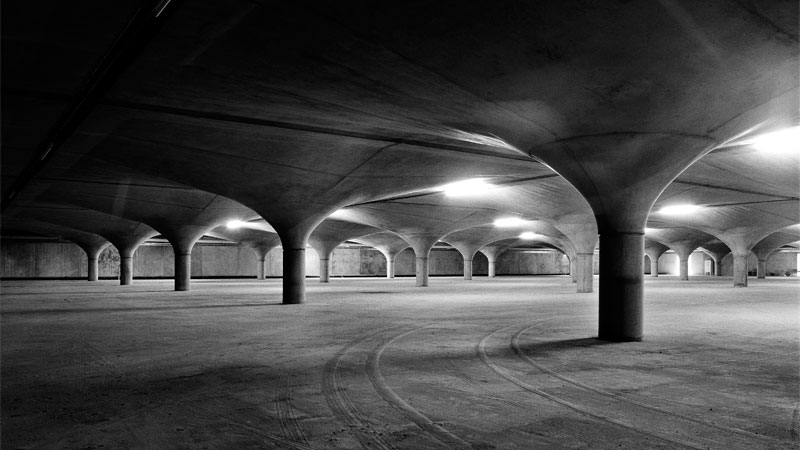
^The Melbourne University car park was designed by architectural firm Loder and Bayly in association with Harris, Lange and Partners.
High Court of Australia
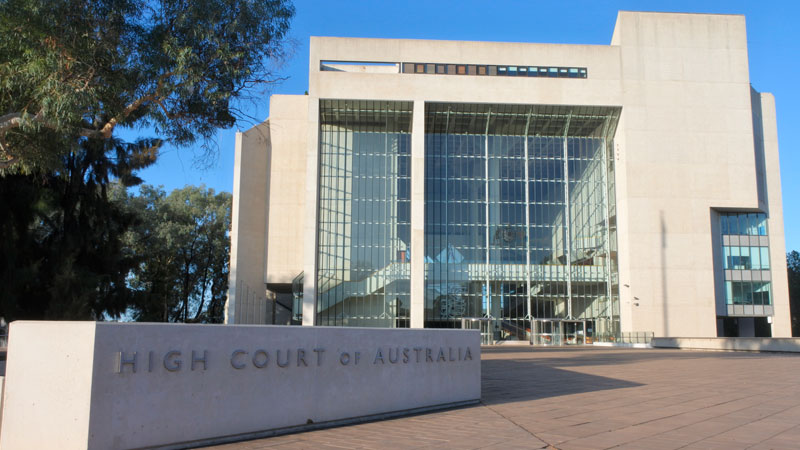
^The design of the High Court of Australia was led by architect Christopher Kringas and completed in 1980.
Australia Square
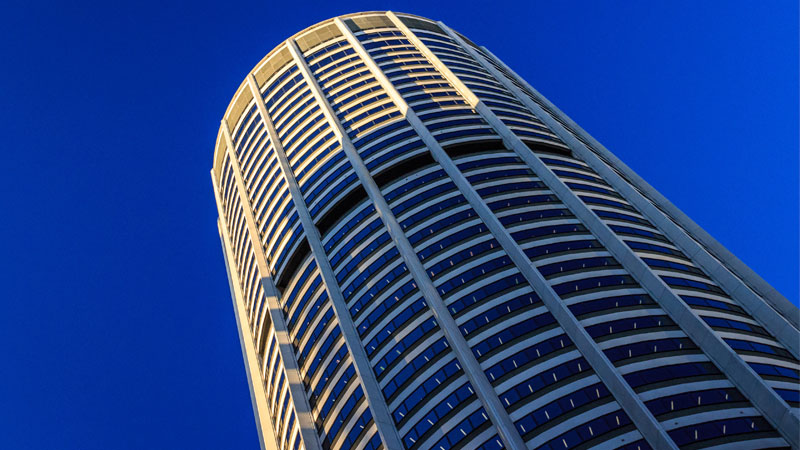
^The Harry Seidler-designed Australia Square was completed in 1967.
Punchbowl Mosque
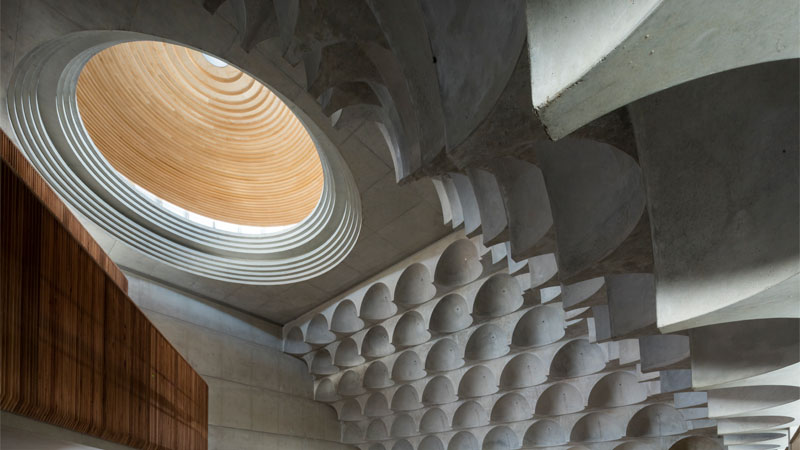
^Designed by Angelo Candalepas, the Punchbowl Mosque opened in 2018, winning a national architecture award.
Academy of the Sciences, Canberra
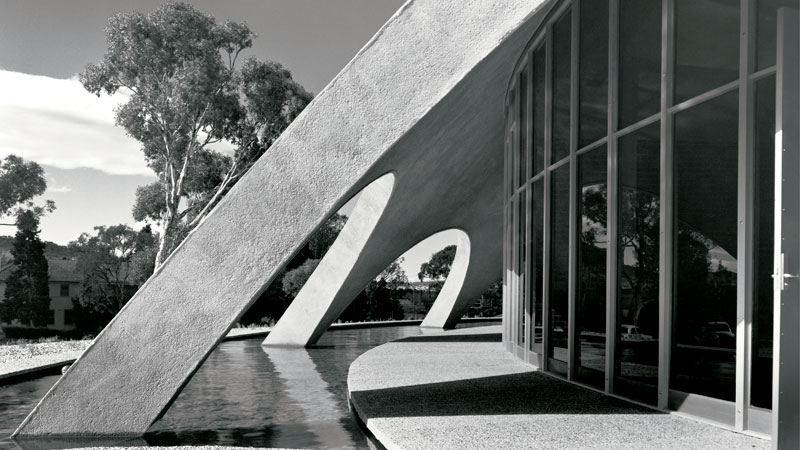
^Dubbed the "Martian Embassy", the domed Academy of the Sciences building was designed by Roy Grounds and completed in 1959.
James Cook University Library, Townsville
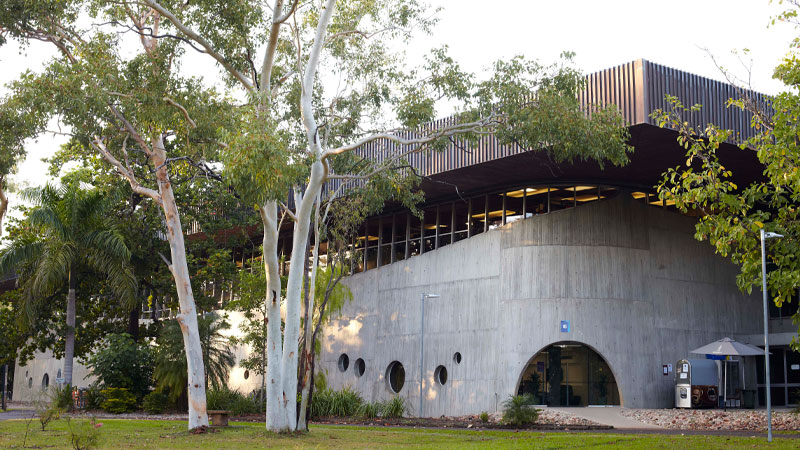
^The brutalist architectural icon, designed by prominent Queensland architect James Birrell, was originally completed in 1968.
Queensland Art Gallery, Brisbane
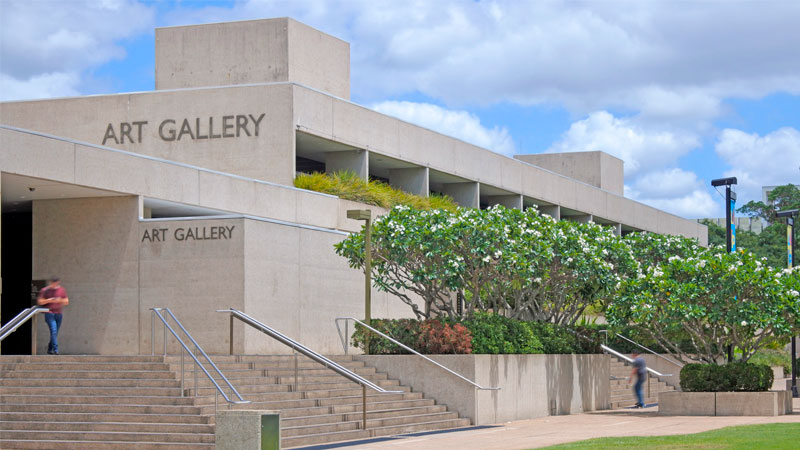
^Designed by Robin Gibson, the Queensland Art Gallery opened in Brisbane's South Bank precinct in 1982.
Victorian State Offices, Melbourne
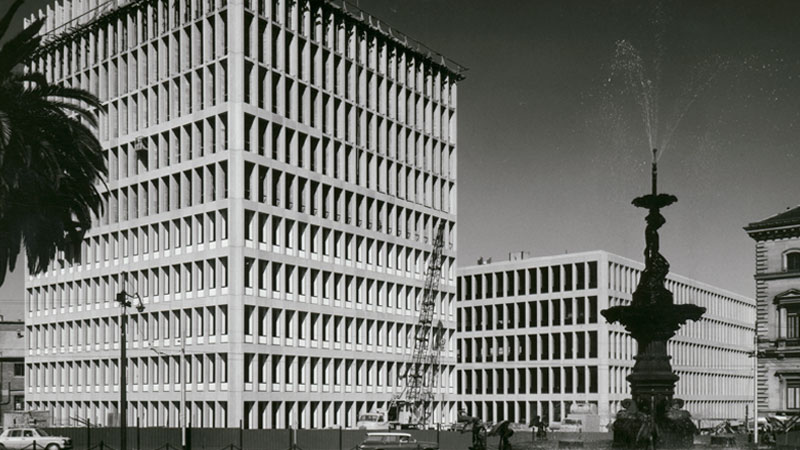
^The Victorian State Offices in Melbourne demonstrated innovation in the use precast concrete cladding and column-free spaces.
Gladesville Bridge, Sydney
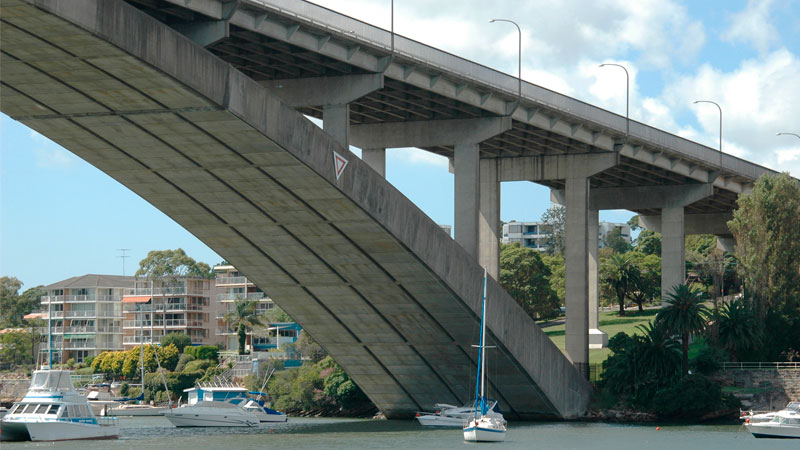
^The Gladesville Bridge, when opened in 1964, was the longest reinforced concrete arch span in the world.
Sydney Opera House
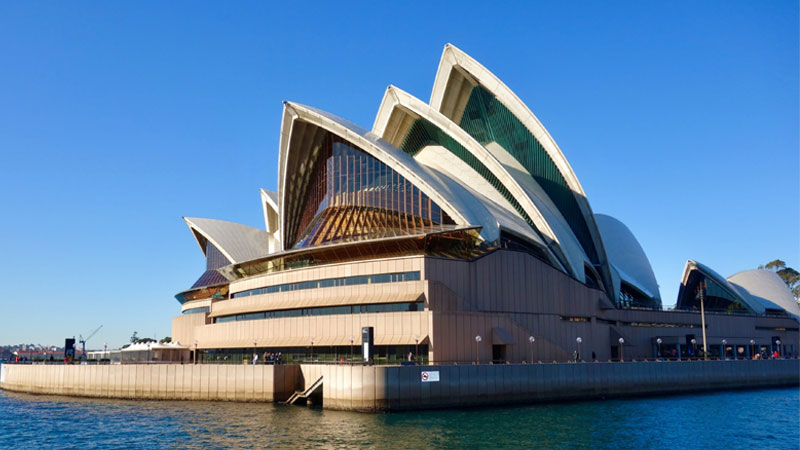
^Designed by Jørn Utzon, the Sydney Opera House was formally opened in 1973.














